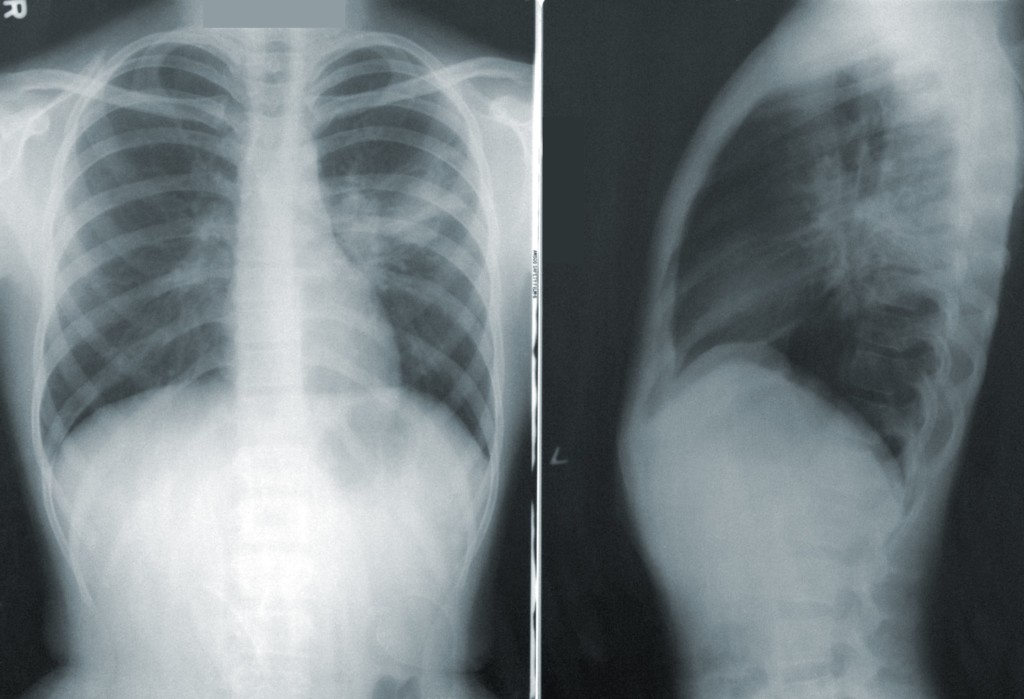PRAIRIE VIEW, Texas (August 26, 2020) – Could X-ray images and machine learning be the key to faster, more efficient COVID-19 detection? Prairie View A&M University (PVAMU) researchers in the Center of excellence in Research and Education for big military Data InTelligence (CREDIT) are working on an answer. The team has spent more than four months gathering data and testing deep-learning models to develop this new screening method.
The need is great, as COVID-19 spread globally in early 2020, testing was a major roadblock for early detection, quarantine, and treatment. The two primary forms of testing—viral and antibody tests—were not widely available, and viral tests did not always have the desired accuracy.
Computerized Tomography (CT) scans have also been used to diagnosis the disease, and there was promising research around using machine learning to interpret results quickly. Unfortunately, not every hospital or clinic has access to CT equipment. The PVAMU CREDIT team decided to investigate whether X-rays, which are widely available and relatively inexpensive for health care providers, could yield similar results.
“[The goal is to] provide fast and accurate tests to catch the virus early enough to maximize the effects of treatment and quarantine,” CREDIT Center Director Lijun Qian said. Qian is also a Regents Professor and AT&T Endowed Professor of Electrical and Computer Engineering in PVAMU’s Roy G. Perry College of Engineering.
Qian is working with fellow faculty members Xishuang Dong, Xiangfang Li, and Dean Pamela Obiomon on the research. Graduate student Uboho Victor is also contributing to the team.
“We started with a public dataset of 13,800 chest x-ray images,” said Qian. “The x-rays were divided into three groups: normal, pneumonia (not COVID-19 related), and COVID-19. From there, we used two deep learning models to create experiments to see if machine learning could accurately identify the COVID-19 images.”
The team eventually found a “sweet spot,” where a certain model was able to recognize the COVID-19 images with good performance. In summary, their research could cut down on the need for other types of testing that take longer, thus improving the speed of quarantine and treatment.
“We have achieved promising results [and we are] currently trying to improve it further and expect to complete it this month,” Qian said.
“Early detection through novel and efficient technologies are critical for effective treatment and containment to keep the disease from spreading,” said Magesh Rajan, vice president for Research. “The work from Dr. Qian and his team of faculty, staff, and students is highly commendable. It is an example of outstanding research discoveries and innovations being done by our university.”
This is the first stage of research, and more testing will be done as new public datasets become available in the coming months. As the project progresses, the team hopes to provide a highly accurate and efficient way for health care professionals to detect COVID-19 using a simple chest x-ray.
###
By Jocelyn Kerr


